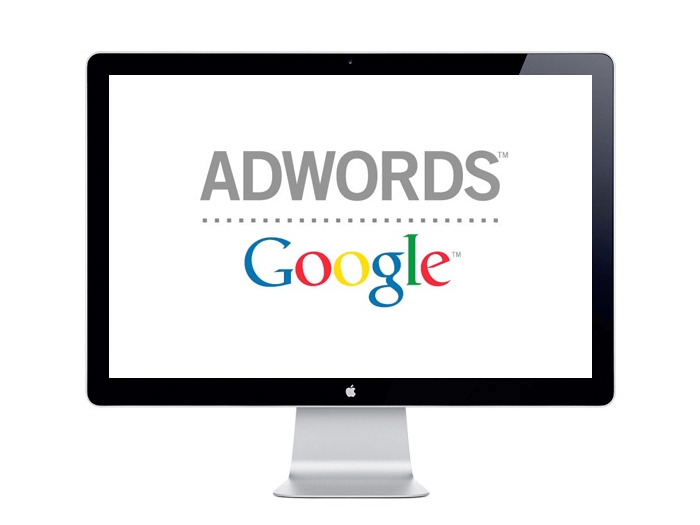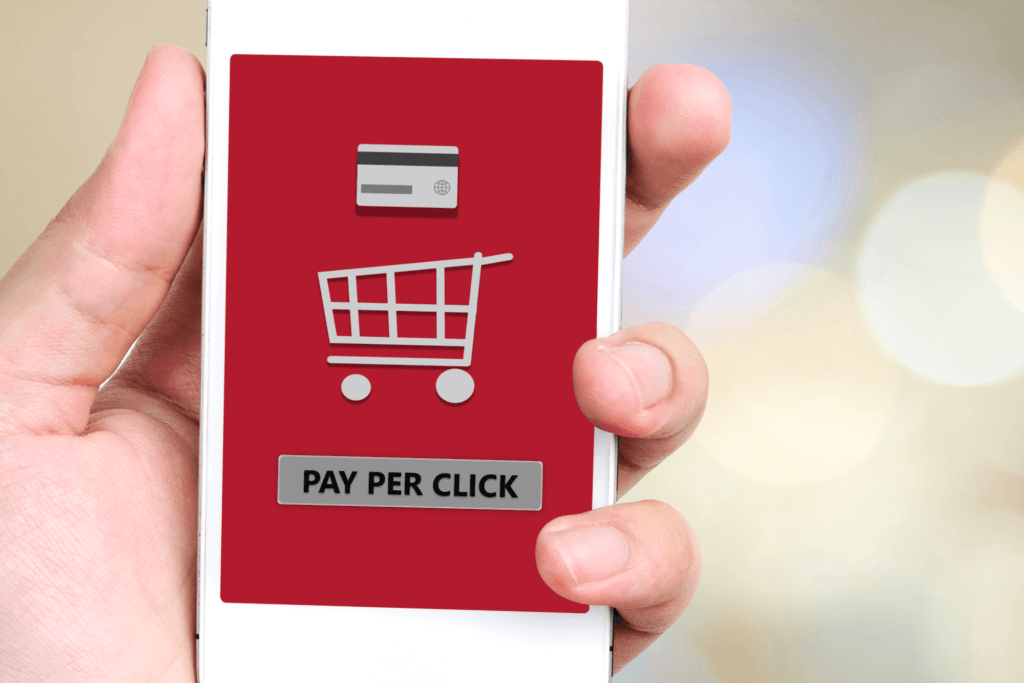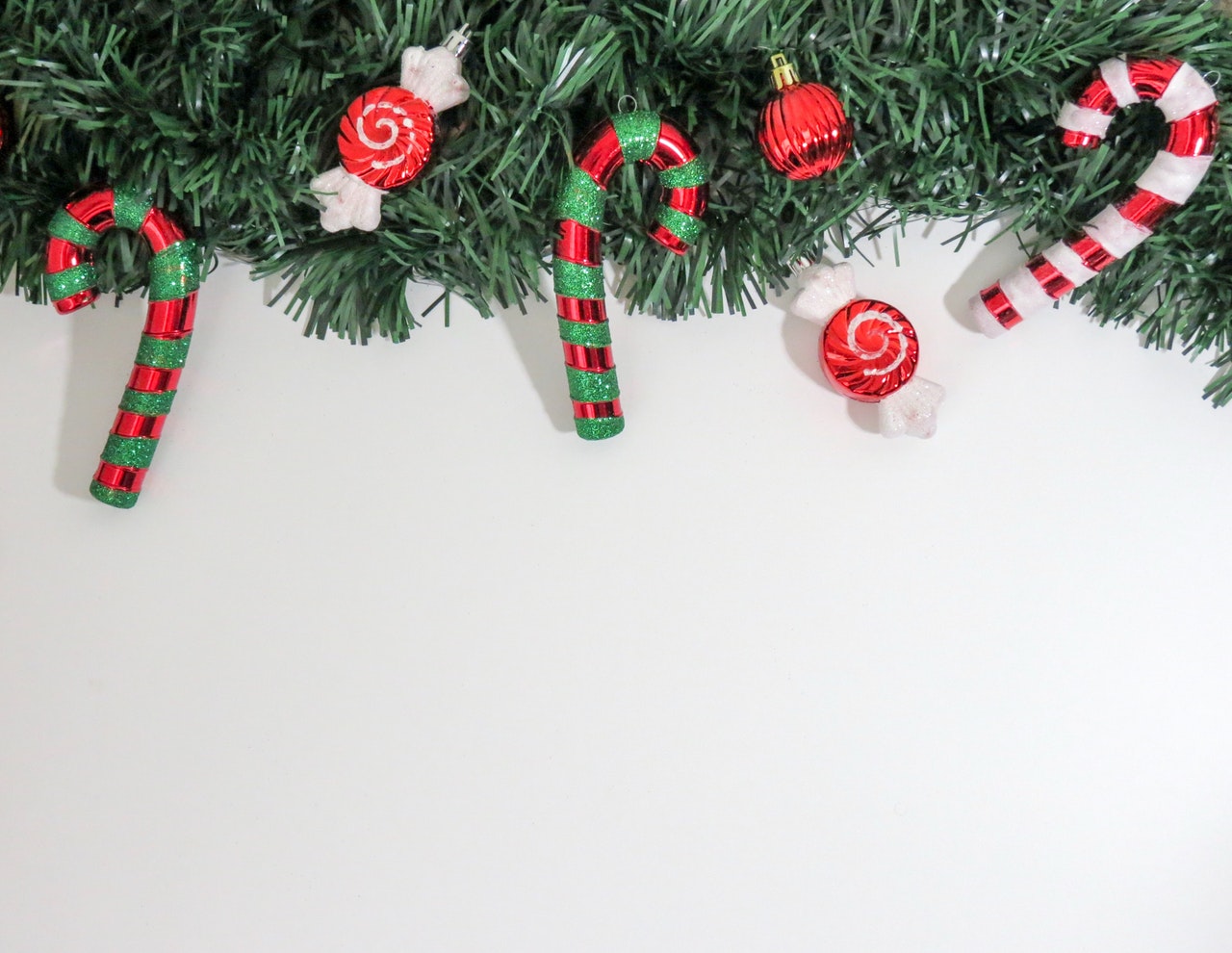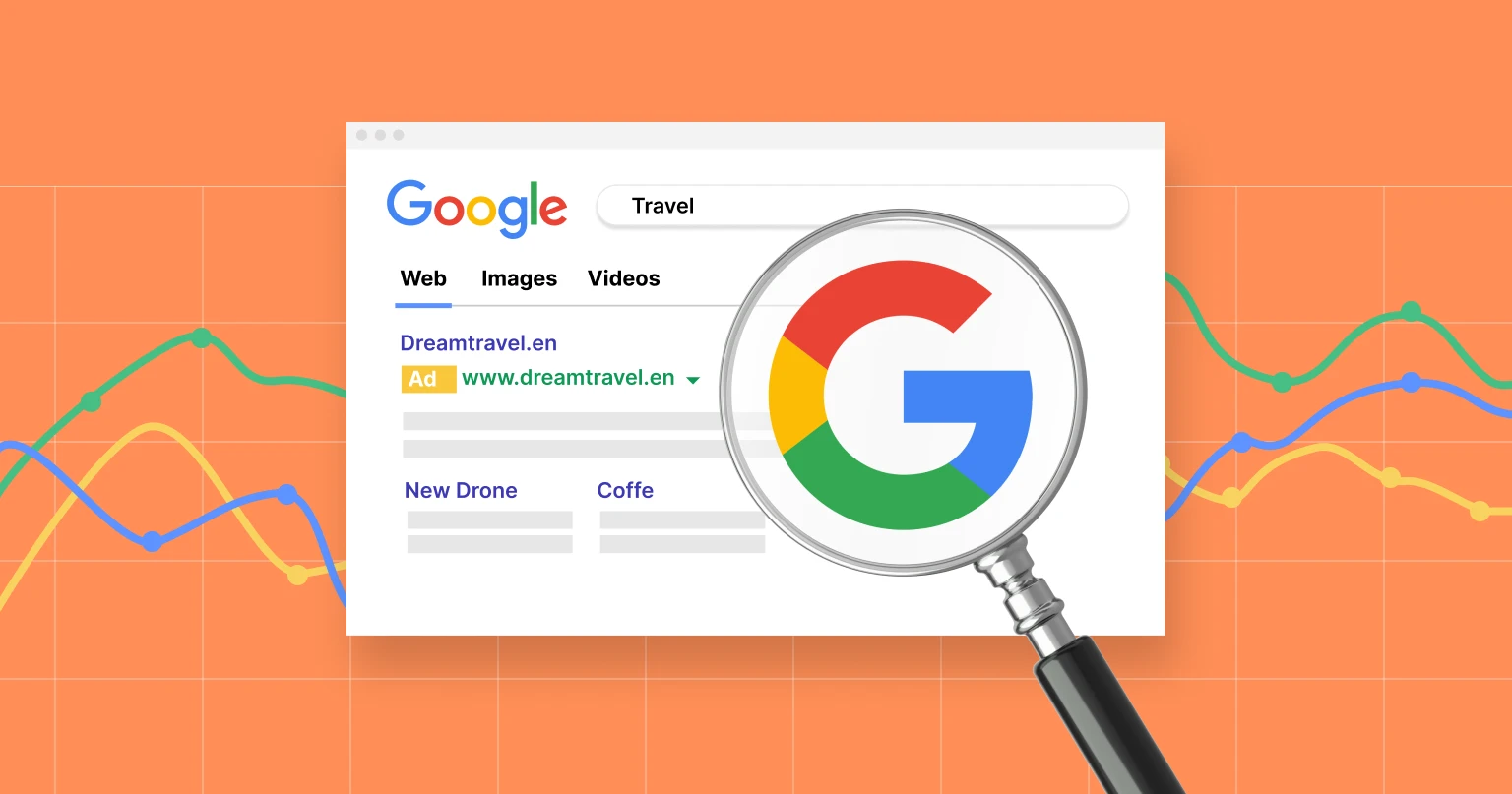It Is Never Too Early to Get into the Holiday Cheer with These Three PPC Tips!
The fall season is here and aside from colder weather and changing leaves, we can expect a few universal certainties:
Football season is in full swing, Thanksgiving is right around the corner and sooner or later the dreaded Christmas cheer will be invading (and consuming) all aspects of our lives. Decorating, eggnog and shopping, etc. While it might be a little too early for the average human being to begin preparing for the holiday season, you are no ordinary human being … you are a digital marketing guru.
I know what a lot of you are thinking:
“The holiday season has always been, and always will be, about the brick and mortar!”
This statement is both true and false.
Yes, it is true the demise of traditional location-based retail has been greatly exaggerated, and yes, it is also true that brick and mortar locations will continue to reign supreme when it comes to high volume holiday purchasing. Yet, it is false (and dangerous) to assume digital retail solutions won’t play a role somewhere in your 2016 holiday season. In today’s age of information, digital strategies are continuing to increase in both relevance and strategic importance as shoppers place more emphasis on retail convenience.
This exact topic was recently touched on by PwC’s 2016 Holiday Outlook study. The audit, insurance, tax and consulting behemoth predicts that while holiday spending is expected to increase by 10% and “reach its highest point since the Great Recession,” store-based retailers will likely struggle to capture this growth.
With digital sales expected to increase 25% this year, and with more and more consumers moving toward mobile device purchasing, it is never too early to focus on one of the most important aspects of the holiday season:
PPC (Pay-Per-Click) Advertising
Let’s briefly review the what, how and why of PPC advertising and the role it should play in your holiday season sales/marketing strategy.
PPC Advertising: The Secret to Holiday Season Success

PPC or “pay-per-click” is a digital marketing model where advertisers pay a specific fee each and every time a user clicks on their ads.
In a nutshell, this means that instead of relying on the often unpredictable science of organic web traffic, you purchase page traffic from a publisher. The publisher, let’s say Google, will then display your advertisement when your relevant keywords are searched. To maximize the impact of your PPC ads, you should always connect the ad to an engaging, compelling and value-driven landing page, and NOT directly to your website homepage, as the whole point of PPC ads is to entice your consumer/potential consumer to engage in a mutually beneficial value exchange.
It is important to remember just because an ad is paid, doesn’t mean it is “bad.”
This is a common misconception. While organic traffic may prove to be more valuable over time (as you are building a relationship of trust), consumers who are actively searching for a product or service are not likely to understand the difference. In fact, 45.5% of consumers surveyed in a recent study conducted by WordStream could not differentiate between ads that had been paid for and those appearing naturally.
Looking to the holiday season, digital age marketers understand holiday shoppers are some of the most determined purchasers around. The majority begin their purchasing process with a clear idea of the value they are seeking and where they should begin looking for it. While holiday shopping may appear chaotic when you venture to your local mall, consumers are actually very in tune with their wants, needs and desires. It is for this reason PPC ads are likely to take on a heightened importance during the holiday season – they cut through the fluff.
PPC ads (and appropriately linked landing pages) provide potential consumers with a path of least resistance when it comes to fulfilling their needs for value. Remember, 64.6% of all consumers will click on PPC ads when they are looking to buy an item online. Rather than having to further search through your homepage and subpages for what they want and need, they should go directly to where they need to go: your irresistible landing page.
To ensure you have a holly, jolly and high revenue holiday season, we have compiled a list of tips for maximizing both pay-per-click and landing page ROI during the holiday season.
Let’s take a look!

PPC Tip #1 – Prep with Google

Even though we are still in the middle of the fall season, it is not too early to start preparing to crush your PPC holiday ads … especially considering 1 in 5 customers begin their holiday shopping in September.
You should begin by addressing the success (or failure) of your previous holiday season campaign by asking (and honestly answering) several important questions:
- What were your goals?
- What keywords, dates and products were most effective in driving traffic?
- How did you measure ROI?
- What were your KPIs?
- Was your season a success?
Past patterns of consumer behavior are likely to repeat, especially if the wants, needs and values of your ideal consumers have stayed consistent from year-to-year. This data will help you prepare for those consumers who are researching products several weeks prior to Black Friday. Remember to focus on targeted keywords and negative keywords since a clear understanding of what drives conversions will be key to managing the holiday rush.
Looking to Google, a great tool for keyword trend identification is Google Trends. This appropriately named tool is a public web facility based on Google Search and demonstrates how often particular search-terms are entered relative to the total search-volume across various regions of the world (and in multiple languages). It allows users to search for specific words (i.e., products, services, industry terms) and study how that terms’ popularity has manifested over a specific period of time.
Once you have covered the keyword basics and updated your selections, a second step in holiday PPC prep is to develop a schedule focusing on key consumer trends and pertinent dates. Beyond the obvious scheduling of high volume shopping days such as Black Friday and Cyber Monday, taking note of consumer trends from previous holiday seasons can also grant a competitive edge.
Think With Google created a great consumer trend calendar in 2014 that can serve as a starting point for your own individual research in 2016. Looking back at the 2013 holiday season, the calendar takes note of not only the biggest days for both online and instore shopping, but also other unique consumer trends. Interested in learning on which day searches for “gift ideas for mom” peaked? Google has you covered! This high value information should be used in unison with your own independent consumer and industry data to not only supercharge your PPC ad schedule, but to help you determine where and when to bid this season as well.
The final step in your PPC holiday prep is to prepare your bidding budget. Before you can cash in on the holiday cheer, you need to come to terms with the fact that you will likely see a spike in your daily budget. To get a good understanding of what to expect, you should review your current budget and compare it to budget fluctuations from previous holiday seasons.
Google (yet again!) saves the day with another helpful tool called The Bid Simulator Tool. This highly effective tool collects and analyzes data from ad auctions on the Search Network and the Display Network, while considering information such as Quality Score, keyword traffic and ad auction competition. By estimating your ad performances based on detailed information specific to your campaign, Google grants invaluable insight into the potential costs you will face throughout the holiday season rush.
As a final point, always ensure monitoring of your keywords throughout the holiday season as well, as keywords have the unfortunate tendency to trend up unexpectedly. This will go a long way in helping you and your team combat the unpredictability of the holidays and often makes the difference between being under or over budget.
PPC Tip #2 – Think Mobile

It is important to remember holiday purchasing is no longer a linear process.
Digital age technology now grants customers the ability to use their smart devices as “point of sale” instruments in the exchange of goods for currency. The omnichannel holiday shopper of today is engaging in a purchasing process that occurs both online and offline and often simultaneously. From phone to laptop to tablet, consumers not only desire the convenience of multichannel integration, they demand it.
If you do not have an omnichannel strategy in place this holiday season, you are missing one of the key value drivers of the digital age:
- According to Google, 64% of today’s holiday shoppers will turn to mobile search ideas about what to buy before going to a store. A further 76% of mobile holiday shoppers have changed their mind about which brand to purchase from after conducting a google search.
- A recent Deloitte study indicates that omnichannel shoppers expect to spend 75% more than store-only holiday shoppers this season, with smartphone owners spending 34% more on gifts than non-smartphone owners.
- PwC (study referenced above) says not only are both digital and mobile shopping up almost 25% each from last year, but millennial parents are almost twice as likely as other consumers to use a mobile device to pay for holiday purchases.
As we can see, the holiday season is now fully mobile.
Two areas of focus for the holiday season should be mobile landing pages and mobile ad copy. Focusing on copy first, it is important to have copy optimized for mobile device display. Optimized copy will grant users a more value driven mobile experience and ads will be better formatted for a wide range of devices (i.e., smartphone, tablet, etc.).
The first technique that can be implemented to better optimize copy is to include the word “mobile” in both the actual title of the ad copy as well as within the URL name. This will add immediate credibility to your business and will allow today’s savvy holiday consumers to understand your site is optimized for a great mobile experience.
A second copy technique that can be employed this holiday season is to focus on what mobile consumers value most – speed and convenience. By highlighting immediacy through well-placed copy and keywords, consumers will better understand the value you can offer. Some great examples of copy optimized to convey convenience includes:
- “Ships today”
- “Call now”
- “Buy now”
- “Checkout now”
- “Shop now”
- “Complete customer support”
- “Beat the holiday rush”
A second area of mobile focus should be optimizing your mobile landing pages.
If your keywords and copy properly function, you should have a high volume of mobile traffic this holiday season. And yet, if your mobile landing page is not optimized to meet consumer preferences, it will all be in vain. Responsiveness is key when it comes to mobile landing pages, as studies show today’s consumers are more willing (and likely) to quit on a new brand after as little as one bad mobile experience. Optimization can be pursued in the following ways:
- Keep It Simple: Cut the fluff by aiming for minimal (but effective) text, with font sizes that are large enough to be easily read without having to zoom. If you are going to use opt-in forms, be sure to optimize your forms for mobile use and include no more than 2-3 input fields. This will reduce the annoying process that often is mobile phone navigation. Be sure to clearly indicate where additional value driven information is located and provide mobile app download options for future convenience.
- Load Times: Image heavy websites/landing pages have the potential to lead to mobile load times of more than five seconds. This time is unacceptable. To fully maximize your holiday season ROI, go for lean mobile landing pages that convey their value through copy rather than slow loading media. Anything longer than five seconds and your potential holiday shopper will likely be an “ex” potential holiday shopper.
- Clear and Concise CTAs: When it comes to CTA (call to action) optimization, mobile is no different from regular landing pages. CTAs must be easily identifiable and clickable, as potential consumers will be using their fingers for navigation. With a smaller screen and less copy, it is important to clearly identify CTAs via color contrasting (including white space) and action oriented copywriting.
When it comes to optimizing both mobile ad copy and mobile landing pages for this holiday season, start by focusing on the “bilities” (accessibility, legibility and adaptability) and continue from there.
PPC Tip #3 – Focus on Personalization

The consumer preference for personalization is one of the defining characteristics of the digital age retail experience. As Forrester details in its 2015 study, “The Power of Personalization”, not only do consumers find importance, worth and usefulness in receiving personalized and practical information, but it has come to define their digital age relationships with brands. Today’s consumers expect “The Internet of Me”, especially during the holiday season.
Personalization has picked up steam in recent years as marketers and brands have begun to recognize the great benefits of providing consumers with personalized and unique purchasing experiences. These benefits include: faster response times, improved engagement rates and increased loyalty … all of which are extremely important for holiday season success. While personalization can appear challenging when it comes to PPC advertising, there are a number of concrete methods and techniques that can help facilitate paid advertising personalization.
Two prominent methods include:
- Remarketing: Remarketing, in very simple terms, is a method of advertising to those individuals who have already visited your website/landing page. After a user visits your site, they will automatically be added to your remarketing list and they will be shown custom ads the next time they run a search on Google. This a highly effective personalization technique as those individuals who have already been to your site are familiar with your product/service and are actively seeking a mutually beneficial value exchange. This means they are more likely to convert, especially during the holidays. Depending on your target market and specific goals, you can decide between remarketing for display ads and remarketing for search ads. With highly specific remarketing lists focusing on those consumers who have already shown interest in your product/service, you can create personalized ads that are shown where and when consumers are most likely to convert. For more indepth information, check out this Google resource for a list of 19 strategies for better remarketing.
- Social Media Integration: Holiday shoppers, especially those who are search engine driven, have the tendency to engage in the chaotic and unfocused use of tech driven solutions. A search looking for the “top gifts of 2016….” can easily turn into “How do birds fly?” With more and more of today’s purchasers using social media, marketers need to create a complete personalization experience by remarketing via social media platforms. This ensures customers not only have a second chance at a value exchange if they were distracted, but that brands are addressing consumers where they spend the majority of their time interacting with the digital world. It is also a highly effective strategy because instead of remarketing to every single website visitor, you are focusing solely on those individuals who are more likely to complete a purchase. The best option for social remarketing will likely be Facebook, as not only do you have a number of enhanced personalization options such as job title and age range, but the active number of Facebook users is now over 1 billion.
While no consumer wants to feel like their every move is being monitored by advertisers, highly personal and targeted ads have the ability to easily transfer the value (and convenience) consumers are looking for during the holiday season.
In Conclusion…
No matter what product or service you are offering this holiday season, it is never too early to begin implementing your PPC strategy. From thorough preparation to mobile solutions to personalization, the above mentioned tips should go a long way in helping you set your business apart from the competition during the 2017 holiday season.






